IDL-productions

Sanremo, a world title and the yellow jersey: Michael Matthews escaped death - and that reignited his spark
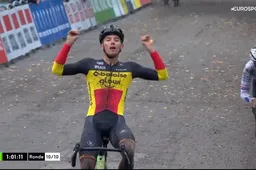
Unlike road colleagues Van der Poel or Van Aert, Nys rides twice as many cyclo-crosses: 'He doesn't want to ride only ten cyclo-crosses'
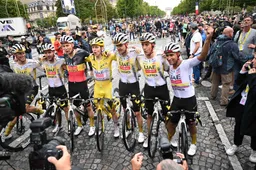
95 (or was it 97?) wins and a new record year, but losing that one race still hurts UAE Team Emirates - XRG

Former cyclocross world champion recalls wonderful memories of young Nys: "Back then we thought: that's not going to work out"

There was smoke so there was fire, but in 2026, how will Lidl-Trek make sure that fire doesn't flare up again?
Latest Cycling News
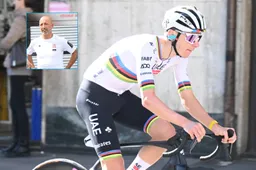
Why is Tadej Pogacar's program (still) so limited for 2026 and when will he go searching for altitude?

News on the way from Chris Froome: 'People will know soon enough'
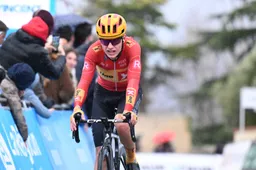
Uno-X thinks it has found explanation for blood clots in brain of one of their riders: '25 percent of people have it'
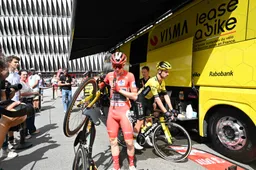
3 Grand Tours known, so at Visma | Lease a Bike they sit down to make a good plan
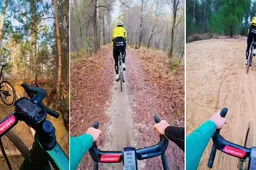
📽️ Following Wout van Aert during first cyclocrosscross-training Visma | Lease a Bike-rider
Popular Cycling News

World champion Vallières reveals horrific circumstances in women's cycling: 'When someone grabs your stomach every morning...'

Why is Tadej Pogacar's program (still) so limited for 2026 and when will he go searching for altitude?

Analists see Brennan as stand out at troubled Visma: 'I don’t really see many true gems among them'

📽️ Following Wout van Aert during first cyclocrosscross-training Visma | Lease a Bike-rider

Uno-X thinks it has found explanation for blood clots in brain of one of their riders: '25 percent of people have it'
Latest Comments
- Those events are mental rest for him. Fun, without expectations. *Sagan lost his abilities because he gained weight and got lazy. Pogi will likely retire before that has a chance at happening.Veganpotter14-12-2025
- Ah, the consequences of riding for Israel.Veganpotter11-12-2025
- Pidcock could follow everyone but Pogi while finishing 3rd. No second place rider this season😃Veganpotter16-11-2025
- Now the Palestinian protestors can stop their whining. Trump came to the rescue. So they can now STFU and go back to waving the rainbow flags.raufus15-10-2025
- Cracked the code lol. If it was that easy to 'crack the code' jonny Vegas would be charging up the Kwaremont giving Pog a dose of his medicine. Evenepoel can't match pog on a climb and neither can mvdp. Anything with a half difficult climb and Pog smashes the field. Even on flat(ish)parcours like Roubaix it came down to a mistake and crash by pog to definitively crown mvdp. MSR is the only one that Pog probably won't win.kevpt10-10-2025
- We've seen this movie before. I think Pogacar is doping.DeadBlow10-10-2025
- 👍Bea08-10-2025
- 👌🏻Bea08-10-2025
- What the data doesn't show is how much of an effect drafting had for evenepoel. Pogacar went with del toro at 100km whilst Evenepoel was still in the bunch. Despite the bike changes he still had a lot of assistance getting back to the bunch. Pogacar then rode 60km solo whilst evenepoel rode with Healy/Skjelmose until going solo in thd last 10-15km. Thats ~20% less power / energy requirements for 45-50km. Apples and oranges...kevpt30-09-2025
- 👏👏Bea24-09-2025
Loading